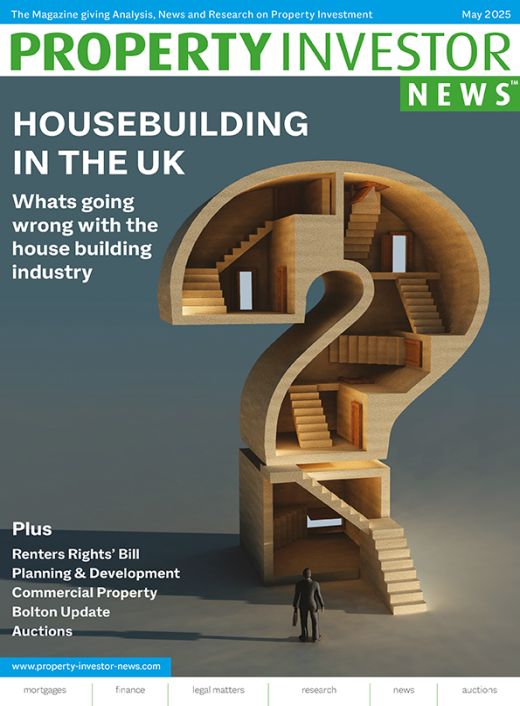The English Housing Survey, published in 2017, showed that households within the PRS in England decreased steadily throughout the twentieth Century, falling from 6.5m in 1919 to a low of 1.7m in 1992. There was a slow increase throughout the 1990s reaching 2.1m by 2001. After 2001 the increase was more rapid and the number of households in the PRS more than doubled reaching 4.5m by 2015/16, which was the highest since the early 1960s.
However, since 2016, that number has been falling as landlords have sold more properties than they have bought each year. For example, in 2010, landlords accounted for 4% of all homes sales and 14% of all home purchases, according to Hamptons. This means that 10% of all home transactions that year were being transferred from homeowners to landlords (around 66,000).
This surplus (growth of the PRS) lasted until 2016, when over a four-year period, the amount of income tax relief landlords could get on residential property finance costs was restricted to the basic rate of tax. From that year onwards there have been more landlord sales than purchases. The current deficit is around 3% of property sales, which equates to a deficit of around 19,000 homes this year, a similar level as in 2023.
The restrictions on tax relief from mortgage interest for landlords was phased in gradually from April 2017 to April 2020 and it is therefore not surprising that the largest transfers of homes from the PRS to homeowners occurred in 2017 (36,000 homes) and 2018 (44,000 homes).
…followed by a growing shortage of rental homes
With less rental homes in the PRS each year, the number of properties listed to rent has fallen substantially. Zoopla reported at the end of 2022 that the number of homes listed to rent was 38% lower than the five-year average. Despite an increase in room sharing by tenants to save costs, Home - the web portal which produces a monthly lettings and sales market snapshot, said in August this year that across Britain there were 66,000 properties available for rent, down 31% compared to five years earlier in August 2019.




















